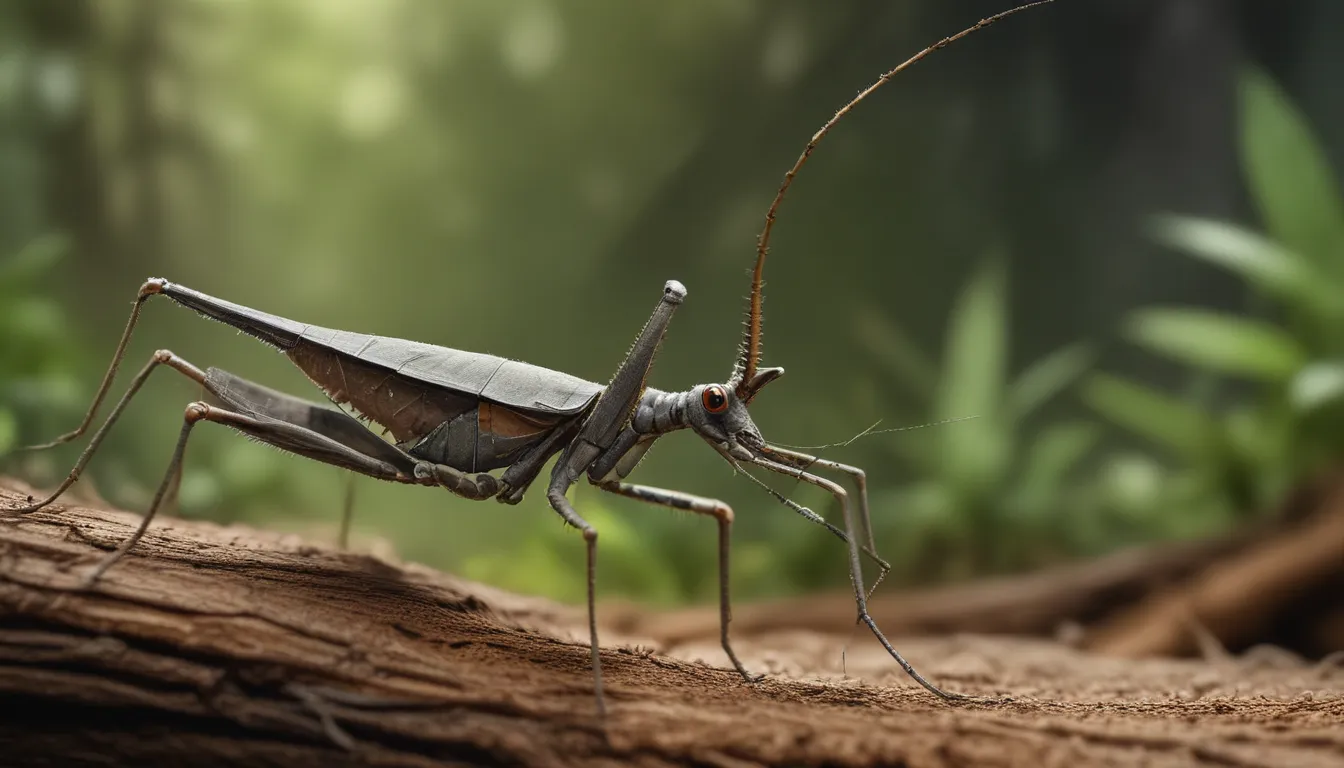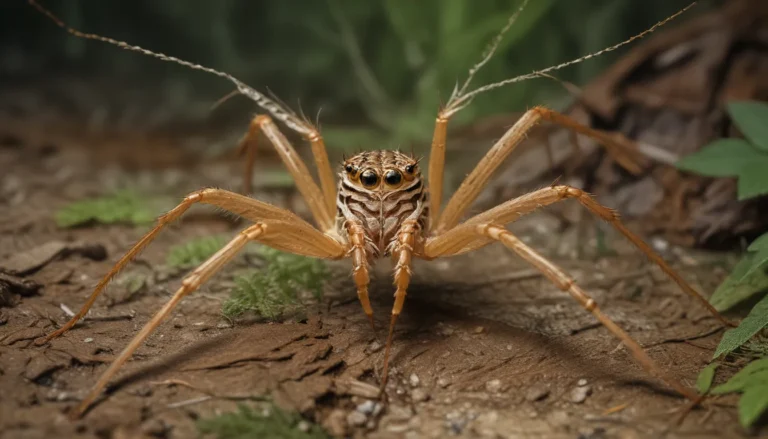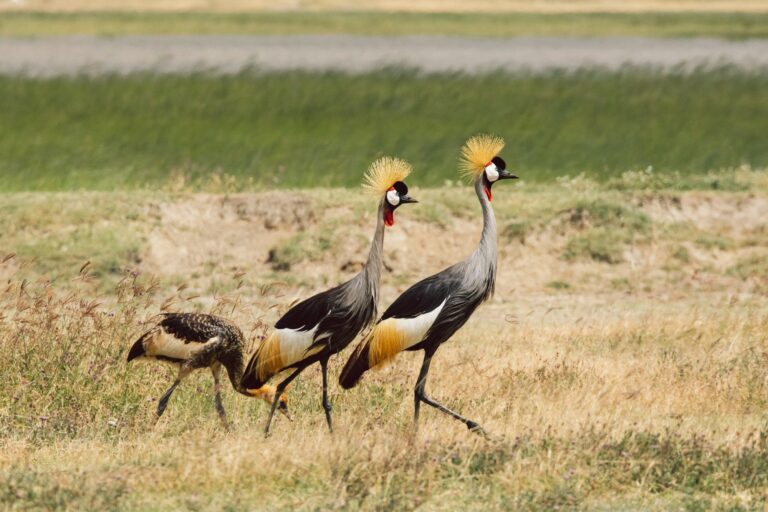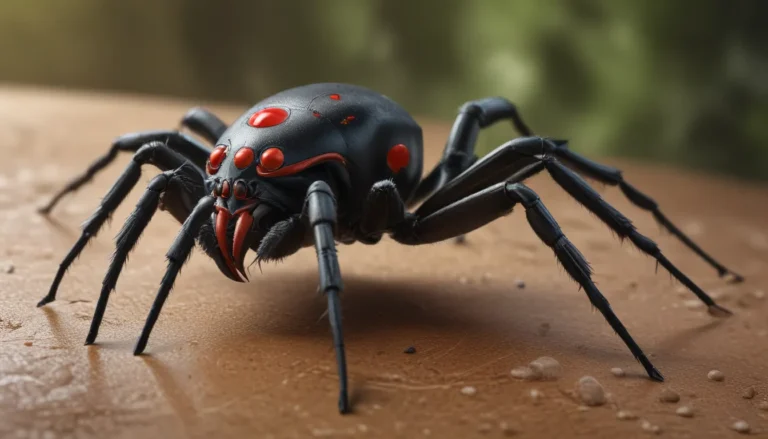The pictures we use in our articles might not show exactly what the words say. We choose these pictures to make you interested in reading more. The pictures work together with the words but don’t take their place. The words still tell you the important facts.
Welcome to the incredible world of stick bugs, also known as walking sticks, where nature's masters of disguise thrive in all their glory. From their unique camouflage abilities to their fascinating behaviors, stick bugs never cease to amaze. Join us as we explore 20 mind-blowing facts about these remarkable creatures that are sure to leave you in awe.
Masters of Disguise: Blending into the Environment
Stick bugs, scientifically known as phasmids, have evolved some truly remarkable adaptations that allow them to blend seamlessly into their surroundings.
- Mimicking Nature: Stick bugs can imitate twigs and leaves, making them almost invisible to predators.
- Color-Changing Abilities: Some species of stick bugs have the incredible ability to change their color, much like chameleons, to match their environment better.
- Swaying in the Wind: To enhance their disguise, stick bugs often sway back and forth, mimicking the movement of twigs in the breeze.
Unique Defense Mechanisms: Protecting Themselves in Creative Ways
Stick bugs have developed an array of defense mechanisms that are as unique as they are effective in warding off predators.
- Foul-Smelling Liquid: Some stick bugs can release a pungent liquid that deters predators and serves as a potent defense mechanism.
- Playing Dead: When threatened, certain stick bugs will drop to the ground and remain motionless, pretending to be dead.
- Physical Features: Certain species of stick bugs have spines or thorns that make them less palatable to predators.
Reproduction and Lifespan: Surprising Traits of Stick Bugs
The reproductive habits and lifespan of stick bugs are as intriguing as their appearance, adding another layer of fascination to these incredible insects.
- Parthenogenesis: Female stick bugs can reproduce without the need for males, laying eggs that develop into clones of themselves.
- Seed-Like Eggs: Stick bug eggs often resemble plant seeds, aiding in their camouflage and survival.
- Long Lifespan: Stick bugs can live up to three years, which is relatively long for an insect compared to other species.
Feeding Habits: Herbivores with Specialized Tastes
Stick bugs have specific dietary preferences that align with their natural habitats, showcasing their simple yet specialized feeding habits.
- Herbivorous Diet: Stick bugs primarily feed on leaves, consuming them in large quantities to sustain themselves.
- Selective Eaters: Certain species of stick bugs are picky eaters, preferring specific types of vegetation over others.
- Consuming Toxic Plants: Some stick bugs can ingest plants that are toxic to other animals, gaining a level of protection from potential predators.
Habitat and Distribution: Adaptable Creatures Across the Globe
Stick bugs are found in diverse habitats around the world, showcasing their adaptability and widespread distribution.
- Global Presence: Stick bugs can be found on every continent except Antarctica, thriving in a variety of climates and regions.
- Preferred Environments: They tend to favor tropical and subtropical regions that offer warm, humid conditions conducive to their survival.
- Diverse Habitats: From forests and grasslands to deserts, stick bugs can thrive in a range of environments, showcasing their versatile nature.
Interaction with Humans: From Pets to Good Luck Charms
Stick bugs have a unique relationship with humans, ranging from being popular pets to symbols of good fortune in certain cultures.
- Popular Pets: Due to their fascinating appearance and ease of care, stick bugs are often kept as pets by enthusiasts.
- Scientific Study: Researchers study stick bugs to gain insights into camouflage, evolution, and other biological processes.
- Cultural Significance: In some parts of the world, stick bugs are considered symbols of good luck, reflecting their positive association with human culture.
Conservation Status: Ensuring the Future of Stick Bugs
The conservation status of stick bugs varies by species, with some thriving while others face threats due to habitat loss and environmental changes.
- Stable Populations: Most stick bug species have stable populations and are not considered endangered.
- Threats to Survival: Habitat loss, deforestation, and other environmental changes pose risks to certain stick bug populations, highlighting the importance of conservation efforts.
Embracing the Wonders of Stick Bugs: Nature’s Camouflaged Wonders
In conclusion, stick bugs, or phasmids, stand out as truly fascinating creatures in the vast tapestry of nature's creations. Their ability to blend seamlessly into their surroundings, mimic natural elements, and display unique behaviors make them a true marvel of the insect world.
As we unravel the mysteries of stick bugs, we gain a deeper appreciation for the complexity and diversity of life on Earth. The next time you venture into the great outdoors, keep an eye out for these incredible creatures that embody nature's mastery of disguise.
As we continue to explore the captivating world of nature's wonders, let us uphold our commitment to delivering accurate, engaging, and insightful content. Each fact presented here is a testament to the diverse insights contributed by individuals like you, enriching our understanding of the natural world. Trust in our dedication to upholding the highest standards of authenticity and quality as we journey together through the marvels of our planet.






